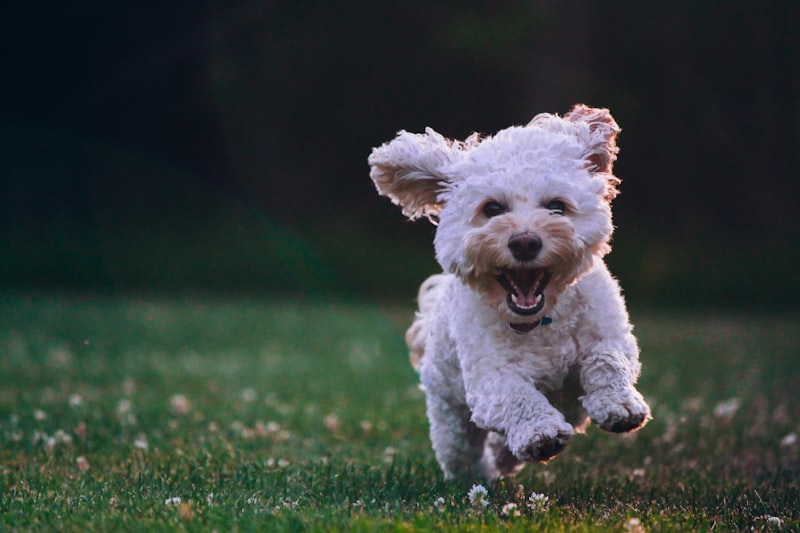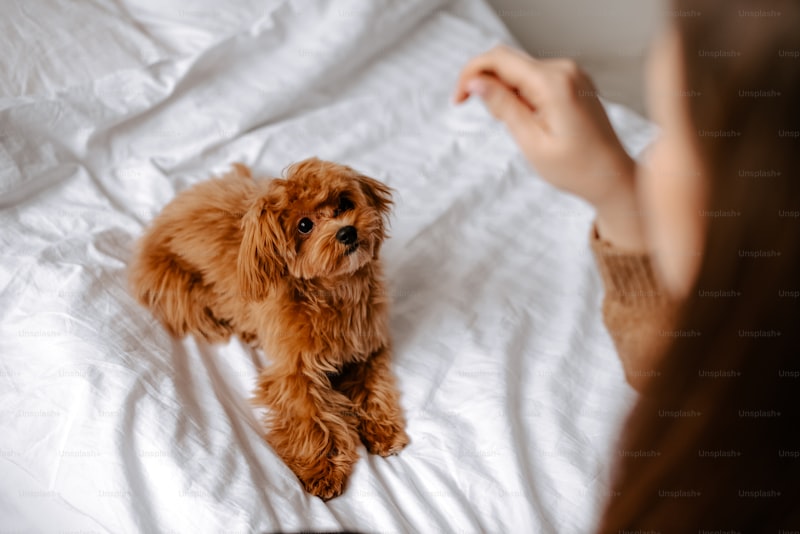First up, let’s chat about training. It’s tempting to skip those basic commands, thinking your pup will somehow just “know” what to do. Really? That’s like expecting a toddler to figure out how to tie their shoes without any guidance! Take time to teach them crucial commands like “sit” and “stay.” Not only does this build a solid foundation for behavior, but it also strengthens your bond with your furry friend.

Next, let’s tackle the issue of socialization. Some new dog owners keep their pups cooped up at home, fearing the outside world. But here’s the thing: dogs are social creatures! Think of them like budding socialites who need to learn the ropes. Regularly introducing your dog to new people, environments, and other pets can make all the difference in creating a balanced, well-adjusted companion.

Feeding is another area where many slip up. It’s easy to spoil your pup with treats and table scraps, but this can turn your adorable little furball into a picky eater or even lead to health problems. Maintain a proper feeding schedule and stick to high-quality dog food that meets their nutritional needs. Imagine trying to function on nothing but candy; it just won’t cut it for them!
So, keep these tips in your back pocket, and you’ll pave the way for a happy, healthy relationship with your new canine companion!
Paws and Effect: The Top Mistakes New Dog Owners Make and How to Prevent Them
Another common blunder is neglecting socialization. Just like humans, dogs need to learn how to interact with others to avoid becoming wallflowers—or worse, aggressive. Imagine throwing a shy toddler into a crowded playground without guidance. They’d be overwhelmed! Take your pup out to different environments, expose them to other dogs, and let them soak up the world like a sponge.
Feeding faux pas are also a top contender. Many new owners dish out too many treats or don’t stick to a proper diet. Remember, you wouldn’t head on a long hike without fueling up, right? Dogs need the right balance to keep their energy levels high and their coats shiny. So, make sure to consult your vet about what’s best for your canine companion.
Barking Up the Wrong Tree: Essential Tips for First-Time Dog Owners
First off, know your dog’s breed. If you think you can treat a high-energy Border Collie like a laid-back Bulldog, think again! Different breeds come with varying needs—like a chef following a recipe. If you get the ingredients right, your dog will thrive. Got a pup that’s bouncing off the walls? Engage them! Regular exercise and mental stimulation are key. Don’t forget to mix in some training; teaching basic commands is not just about obedience—it’s about building a bond.
Speaking of bonds, let’s talk about routine. Dogs are creatures of habit and thrive on predictability. Set up a schedule for feeding, walks, and playtime, and soon you’ll see your dog unfurl like a flower in sunshine. Speaking of sunshine, never underestimate the power of socialization! Meeting other dogs and people helps your pup to be well-adjusted and less anxious. It’s like teaching them to dance—the more they practice, the better they get!
New Dog, New Dilemmas: Common Pitfalls and Solutions for Responsible Ownership
First off, let’s talk about that overwhelming excitement. You might think you’re ready to shower your pup with love, but are you prepared for the reality check? One common pitfall is underestimating the time and energy needed for training. Picture this: you’ve got this playful furball who just doesn’t know they shouldn’t chew your favorite shoes. Training takes patience and consistency—think of it as honing a craft. Would you expect to become a master chef after just one recipe? No way! Approach training like a lifelong journey, not a one-off task.
Next up, meet the overwhelming sea of choices at the pet store. Food, toys, collars—oh my! It can be a maze. Choosing the right food alone is like picking the perfect Netflix series; it requires research. Always consult your vet and consider your dog’s breed specifics. Just like people, dogs have unique dietary needs. Feeding them well is a love language.
Also, don’t forget the socialization aspect. It’s not just about playdates with other dogs. Imagine this: If you were sent to a new school without any introduction, wouldn’t it feel intimidating? Your dog needs gradual exposure to various environments and experiences to thrive.
Don’t Let These Mistakes Hound You: A Guide for New Dog Owners
First off, let’s chat about socialization. Imagine moving to a new city and not making any friends—tough, right? That’s how your pup feels if you don’t expose them to new experiences, sights, and smells. Failing to socialize your dog can lead to anxiety or aggression. So, take them to parks, introduce them to different people, and let them sniff their way through the world!
Next up, training—oh boy! You might think a simple “sit” is enough, but without consistency, your dog might just look at you like you’re speaking Martian. Dogs thrive on routine, so set some ground rules and stick to them. It’s like teaching a toddler; repetition is key!
And let’s not forget about nutrition. Skimping on a balanced diet can set your furry buddy up for a lifetime of health issues. Quality food is like a solid foundation for a house; without it, everything else might crumble.
Lastly, don’t overlook routine vet visits. Think of it as scheduling your car’s oil change. Skipping them can lead to bigger problems down the road. Keep those tails wagging and health in check by prioritizing regular check-ups.
So, gear up with knowledge and dodge these common traps. Trust me, your pup will thank you with endless cuddles and unbridled joy!
From Puppy Panic to Perfect Pooch: Navigating the Early Days of Dog Ownership
Think of it like navigating a roller coaster. There are terrifying ups and downs, but the ride gets smoother with time. Initially, you might feel like you’ve signed up for an obstacle course, dodging accidents, endless playdates, and a seemingly unquenchable thirst for attention. It can be overwhelming, but every challenge is just a stepping stone to a well-behaved furball.
Start with the basics. Establish a routine as if you’re both in training for the Puppy Olympics; regular feeding, walking, and potty breaks will be your best friends. This rhythm not only helps your puppy feel secure but also sets boundaries. Whether it’s mastering the “sit” command or learning to walk politely on a leash, consistency is key. Remember, patience is your secret weapon. Every skilled dog was once a clumsy puppy trying to figure out how to balance those wobbly legs.
Avoiding the Rookie Mistakes: A New Dog Owner’s Checklist for Success
First off, consistency is your best friend. Dogs thrive on routine, much like kids love their bedtime stories. Set regular feeding, walking, and playtimes, and stick to them. Trust me, your pup will appreciate the predictability. Speaking of feeding, resist the temptation to share your table scraps. Human food can sometimes be like giving your dog a luxury sports car—sure, it’s exciting, but it can also lead to some serious problems down the road.
Training is another essential aspect. If you think your dog will somehow just “get it,” think again! Consider enrolling in a puppy training class. Socialization is key; after all, you wouldn’t throw a toddler into a room full of strangers without a heads-up, right?
Let’s talk toys. Invest in some good chew toys instead of letting your favorite shoes serve as the chew toy of choice. Go for durable options that can withstand your pup’s gnawing sessions. And remember—puppy-proof your home! Your adventurous four-legged friend might think your treasured vase is just a new plaything.
Lastly, always remember to shower your new furry friend with lots of love and patience. Like playing a game of fetch, nurturing a dog takes time and practice. Enjoy each moment, and before you know it, you’ll be navigating this exciting journey like a seasoned pro!






